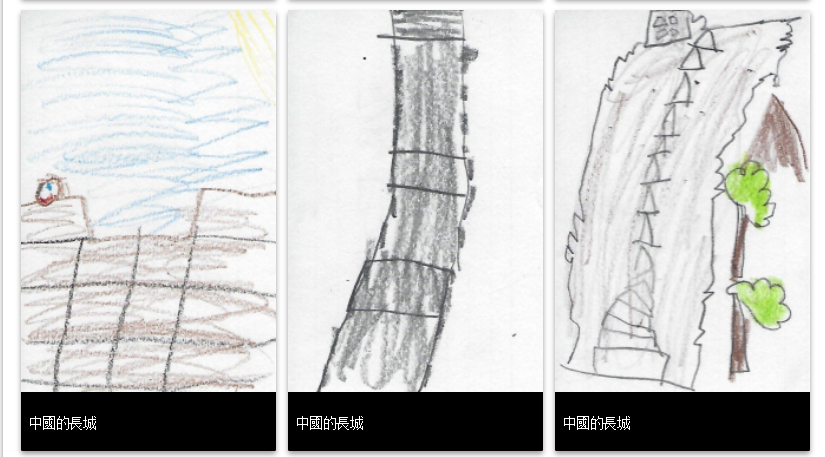Submitted by: Emily Pierce and Lake Stockdreher
School: Deep Run High School
Summary
This project involved students learning about the Progressive Era in a collaborative fashion by allowing groups to become experts on one segment of the time period and presenting their research to the whole class. We discussed each presentation and its content. The students picked their own groups, used Google docs to have research trails (template in schoolspace) that were also shared with the teacher. Classes met with the media center specialists (librarians) who introduced the students to NoodleTools and other technology and databases and pulled books for the students to use for their required printed sources.
Each group also used virtualshare to have 1-2 pages of notes for the other students to have for the quiz and for a 9 weeks test. They were provided with a list of core content topics and needed to cover each of those topics/words and choose four to go into major detail on. The students, after their week of research and time in the library, were encouraged to choose from a variety of types of presentations and to be creative and resourceful. Such media could include:
• ActivInspire Flipchart
• PowerPoint Slideshows
• Use of short video clips and/or sound bytes
• Act it out skits to simulate events
• Mock Newscasts
• Website/Webquest
• Movies / moviemaker
• Mock Debates
• Primary Document / Image Analysis
TIPC Ratings
This lesson is approaching as students are using the media specialists, online databases and printed sources research their area of The Progressive Era. Students use Google Docs to share their research and their citation trails with their group members. This is a running Google Docs file; the teacher shares onto the document as well and students can update/add to their research in the classroom, at school and at home. The core content requirements were based on the US/VA History SOL Curriculum Framework in an effort of vertical teaming.
This lesson is approaching as there are many aspects of collaborating/communication in this project. The students collaborated with their group members but also with the teacher and with the media specialists. The teacher collaborated with the other 20th Century teacher. The original source of communication came in the form of the project outline. Then, the students chose groups, shared their ideas and research with each other and the teacher on Google Docs and had to cultivate a final product with media of their choosing.
This lesson is approaching as both teachers facilitate and formatively assess authentic tasks such as Google Docs/MLA citation through Noodle Tools.Students are engaged in meaningful questioning (e.g., how and why did the core content material happen in the Progressive Era and what were the results? Cause/effect, critical thinking and problem solving such as where do we see Progressive Era changes in 2011 and how have those changes/effects transformed over the past century?)
Students selected the most appropriate digital tools and used questioning, critical thinking and problem solving strategies to solve authentic tasks such as “what media type will our group choose to convey our content to the class” to what type of questions will we ask in order to teach our section/content to the class.
This lesson is approaching because the end product required taking an assignment with core content and creating a presentation to share/teach to the rest of the class. Students needed to be innovative in finding the pertinent information and ways to communicate that information. They were required to synthesize primary documents, create visual and auditory components and provide notes for their classmates to use in preparation for later assessments.
Download Files
- H21 Lesson Plan
- Google Docs Shared References Link
- Feedback and Reflections Form






